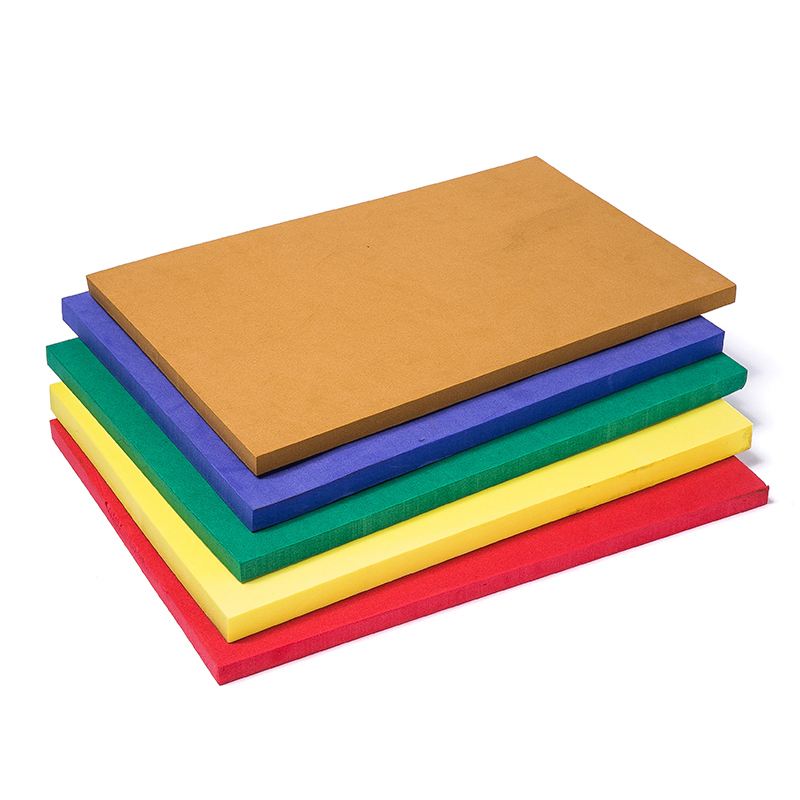If you are looking for a versatile and durable foam, injection-molded EVA foam may be the perfect choice for your next project. This molded foam is made by injecting molten EVA into a mold. The resulting product is a dense closed-cell foam with many benefits for product designers. This article will discuss what molded foam is, the difference between injection-molded EVA foam and compression-molded EVA foam, and the benefits of using injection-molded EVA foam in product design.

What is Molded Foam?
Molded foam is foam made by dispersing material into a mold. Molded foams can be made from a variety of materials, including polyurethane (PU), polystyrene (PS), and ethylene-vinyl acetate (EVA). Molded foams often have a pronounced skinned surface that is the result of a reaction between the polymer and the tool surface.
There are two categories of molded PU foam, flexible and reaction injection molding (RIM). Flexible PU tends to be softer and has thinner skin, while RIM has thicker skin. Molded PS foam is more substantial than most soft PU foams, but PU foam molded in RIM is more durable.
What is EVA foam?
EVA foam is a foam made from ethylene-vinyl acetate and blended copolymers. This type of foam is commonly used in footwear, sporting goods, and automotive applications. EVA foam has excellent cushioning properties and can be molded into a variety of shapes and sizes.
Injection Molded EVA Foam vs. Compression-Molded EVA
Injection-molded EVA foam is one of the most popular types of molded foam. It is formed by combining ethylene-vinyl acetate with an organic peroxide catalyst. When the mixture is heated above its melting point, it becomes liquid, which makes it easy to flow into the mold. Once in the mold, cycling occurs, and the part assumes the geometry of the tool cavity.
The process of making compression-molded EVA foam parts requires manual loading of a pre-formed or fabricated shape into a tool cavity to obtain the desired shape before a heat and pressure cycle. The process may vary by raw material resource but is generally the same.
The critical difference between injection-molded EVA foam and compression-molded EVA foam is that injection molding saves a step by going from raw material to finished part in one step. At the same time, compression has a prefabricated material that is then molded. Because of this, injection manufacturing is more efficient.
Advantages of using molded EVA foam
There are several advantages to using molded EVA foam in product design projects. One advantage is that it is very durable. It can withstand shocks and extreme conditions without damage. Another advantage is that it is lightweight and easy to use, allowing for complex forms and shapes.
Another advantage of using molded EVA foam is its excellent chemical resistance and cleanability with ordinary household cleaners.
For your next project, injection-molded EVA foam is an excellent option if you're considering molded foam. It is versatile, durable, and resistant to water and chemicals, making it ideal for a variety of applications.


